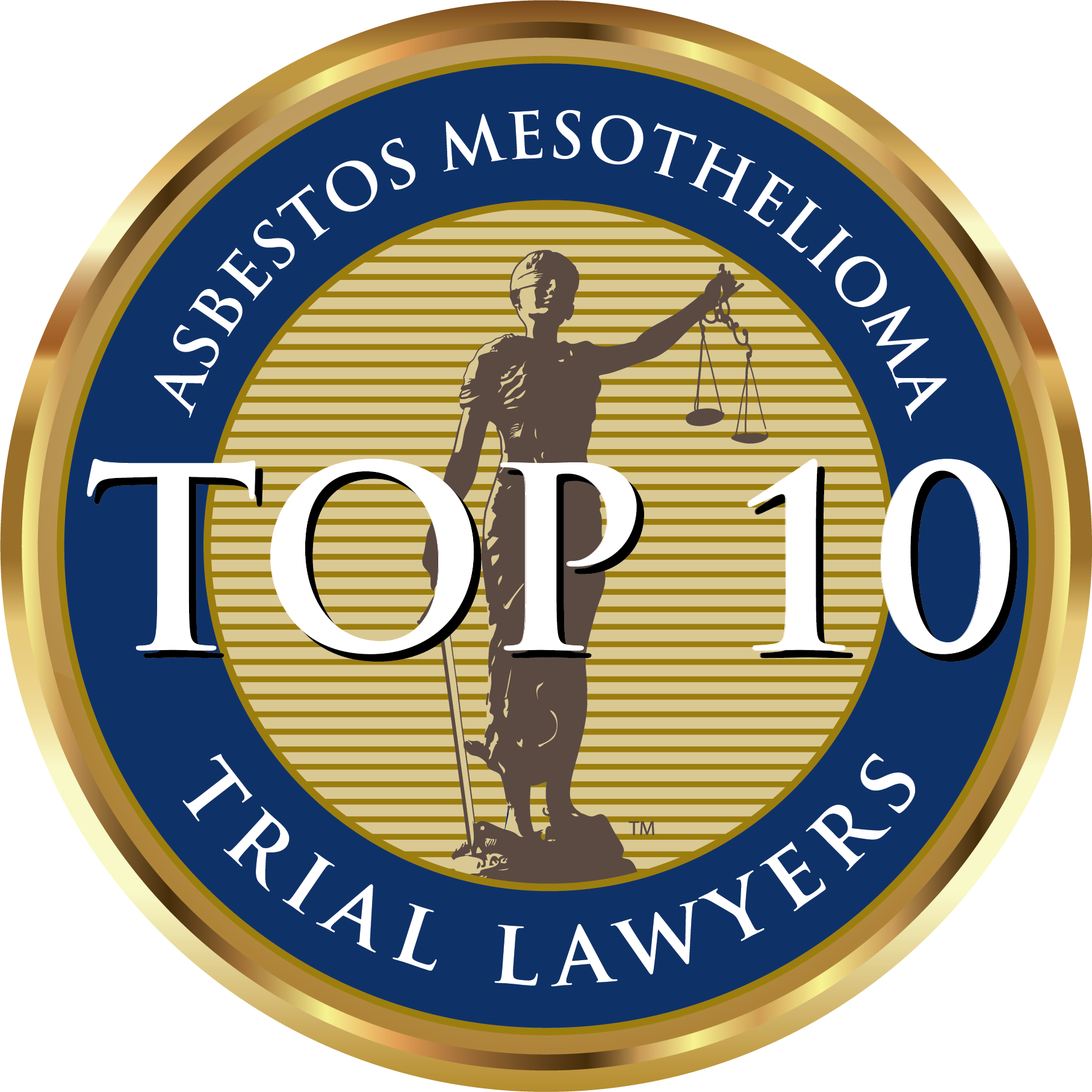Around 3,000 people are diagnosed with mesothelioma in the United States every year, and roughly 80% of these cases report asbestos exposure, according to the American Lung Association.
Asbestos has long been recognized as a hazardous material, notorious for its association with mesothelioma, a rare and aggressive cancer. However, determining the precise amount of asbestos exposure that leads to mesothelioma is complex and depends on various factors.
In this post, we’ll look at the relationship between asbestos exposure and mesothelioma risk, including key factors like duration, intensity, and individual susceptibility.
Understanding Mesothelioma
Mesothelioma is a cancer that affects the mesothelium, the thin layer of tissue that covers the lungs, abdomen, heart, and other internal organs.
It’s primarily caused by exposure to asbestos fibers, which can become airborne when disturbed and then inhaled or ingested. Over time, these fibers can accumulate in the body, leading to cellular changes that may result in the development of mesothelioma.
The Role of Asbestos Exposure
Asbestos exposure is the primary risk factor for mesothelioma. Occupational exposure is the most common route of exposure, with workers in industries such as mining, construction, shipbuilding, and manufacturing being at heightened risk.
However, non-occupational exposure can also happen through environmental contamination or secondary exposure, where individuals come into contact with asbestos fibers brought home on the clothing or skin of someone who works with asbestos per a Respirology Case Reports study published by the National Library of Medicine.
Four key factors that influence the development of mesothelioma include the duration of exposure, the intensity of exposure, the type of asbestos involved, and a person’s susceptibility.
- Duration of Exposure: The duration of asbestos exposure is a critical factor in determining mesothelioma risk. Generally, the longer a person is exposed to asbestos, the greater their risk of developing mesothelioma. Individuals who have worked in asbestos-related industries or around asbestos-related products for many years or who have lived in environments with prolonged asbestos exposure are at increased risk compared to those with limited or intermittent exposure.
- Intensity of Exposure: The intensity of asbestos exposure, or the concentration of asbestos fibers in the air, also influences mesothelioma risk. High levels of exposure, such as those experienced by asbestos miners or insulation installers, pose a greater risk than lower levels of exposure encountered in less hazardous occupations. Intense, short-term exposures, such as during asbestos removal or demolition activities, can also increase the risk of mesothelioma.
- Types of Asbestos: The type of asbestos to which a person is exposed can also affect mesothelioma risk. There are several types of asbestos fibers, including chrysotile (white asbestos), amosite (brown asbestos), and crocidolite (blue asbestos). While all forms of asbestos are carcinogenic, some studies suggest that amphibole asbestos fibers, such as crocidolite and amosite, may be more potent carcinogens than chrysotile asbestos.
- Individual Susceptibility: Individual factors, like genetics, smoking history, and pre-existing lung conditions, can influence a person’s susceptibility to mesothelioma as well. Some people may develop mesothelioma after relatively low levels of asbestos exposure, while others may remain unaffected despite significant exposure. Genetic variations can play a role in how the body processes and responds to asbestos fibers, affecting the likelihood of developing mesothelioma.
Other Risk Factors
While asbestos exposure is the primary cause of mesothelioma, other factors may also contribute to the development of the disease.
Smoking, for example, can interact with asbestos exposure to increase the risk of mesothelioma and other lung cancers, according to an International Journal of Environmental Research and Public Health study. Additionally, certain genetic mutations and exposure to other carcinogens may play a role in mesothelioma development, although their precise influence is still being studied.
Legal and Regulatory Landscape
In response to the health risks posed by asbestos, governments around the world have implemented regulations to limit exposure and protect public health.
These regulations include restrictions on the use of asbestos in construction materials, guidelines for safe handling and removal of asbestos-containing materials, and compensation programs for individuals affected by asbestos-related diseases. However, despite these efforts, asbestos-related diseases such as mesothelioma continue to pose significant public health challenges.
Understanding the exact amount of exposure to asbestos that causes mesothelioma is challenging because there are so many factors involved.
While prolonged or intense exposure to asbestos poses the highest risk, even low levels of exposure can increase the chances of developing mesothelioma over time. By understanding the factors that influence mesothelioma risk and taking proactive measures to limit asbestos exposure, you can reduce the risk of developing this devastating disease.
However, given the long latency period of mesothelioma, it’s essential that if you have been exposed to asbestos, you remain vigilant about your health. Seek medical attention if you experience symptoms like difficulty breathing, chest pain, or unexplained weight loss.
If you or a loved one have experienced these symptoms after being exposed to asbestos, and you suspect that another party is liable, reach out to us at Frost Law Firm, PC. Our expert mesothelioma attorneys are here to answer your questions and help you get the justice that you deserve.























